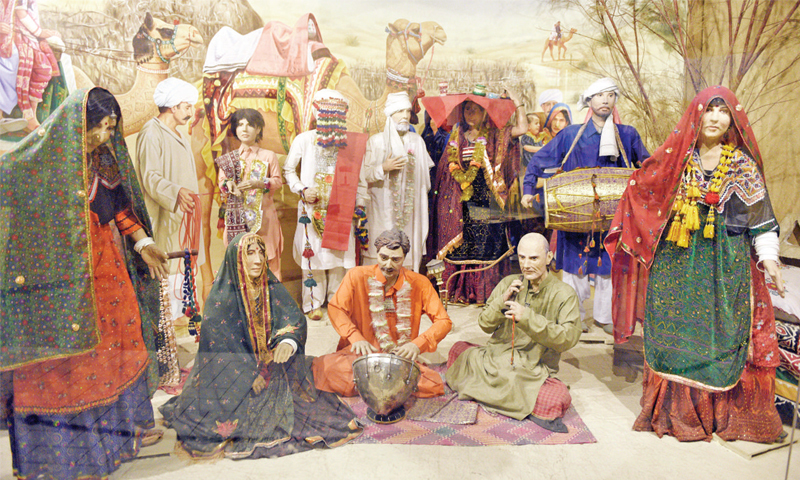Table of Content:
- Historical and Cultural Background
- Islamic Influence
- Traditions and Preparations
- Festivities and Cultural Activities
- Religious Observances
- Resolutions and New Beginnings
The Pakistani New Year, also known as "Naya Saal" or "Nawruz," is a vibrant and joyous occasion celebrated with great enthusiasm and religious fervor across the country. The event marks the beginning of a new calendar year, filled with hopes, dreams, and aspirations. Rooted in centuries-old traditions, this festive occasion reflects the rich cultural diversity and unity of the Pakistani people. In this article, we will explore the various aspects of the Pakistani New Year, its traditions, festivities, and its cultural significance.

Historical and Cultural Background
The origins of the Pakistani New Year can be traced back to various historical and cultural influences. One of the most significant influences is the Persian tradition of Nawruz, which dates back thousands of years. Nawruz marks the vernal equinox and is celebrated by millions of people in Iran, Afghanistan, Central Asia, and neighboring regions. Due to historical interactions and cultural exchanges, Nawruz became an integral part of the festive calendar in Pakistan.
Islamic Influence
In addition to the Persian influence, the Islamic calendar plays a crucial role in shaping the way Pakistanis perceive and celebrate the New Year. The Islamic lunar calendar follows the migration of Prophet Muhammad (PBUH) from Mecca to Medina, known as the "Hijra." While Nawruz follows the solar calendar, Islamic New Year, also called "Hijri New Year," marks the first day of the Islamic lunar calendar, Muharram. Although the Islamic New Year is celebrated with religious significance, it is not accompanied by the same level of festivities as the Pakistani New Year.

Traditions and Preparations
The anticipation for the Pakistani New Year begins weeks before the actual date. People start preparing for the celebrations by cleaning and decorating their homes. Markets come alive with colorful decorations, traditional clothing, and festive treats. Families and friends exchange gifts, sweets, and greetings as a gesture of goodwill.
On the eve of the New Year, families gather to enjoy a sumptuous dinner together. Traditional Pakistani dishes, such as biryani, nihari, and kebabs, are prepared to savor the occasion. Sweet delicacies like gulab jamun, jalebi, and barfi are also an essential part of the festive menu.

Festivities and Cultural Activities
As the clock strikes midnight, the country erupts into a chorus of celebratory cheers and fireworks, lighting up the sky. In major cities like Karachi, Lahore, and Islamabad, public gatherings and events are organized to commemorate the occasion. Cultural shows, musical performances, and dance events showcase the diverse heritage of Pakistan.
One of the most significant cultural traditions during the Pakistani New Year is kite flying. People of all ages take to the rooftops to fly kites of various colors and shapes, symbolizing the freedom and joy associated with the arrival of a new year. The skies become a mesmerizing canvas of dancing kites, creating an enchanting atmosphere.
Religious Observances
For many Pakistanis, the New Year is not just a time of celebration, but also a period of spiritual reflection and devotion. Mosques are adorned with lights and decorations, and special prayers are held to seek blessings for the upcoming year. The faithful use this time to repent for their sins and seek forgiveness, hoping for a fresh start.
Resolutions and New Beginnings
Similar to New Year celebrations around the world, Pakistanis also indulge in making resolutions for self-improvement and personal growth. It is a time to set new goals and aspirations for the coming year and make positive changes in various aspects of life.

The Pakistani New Year is a beautiful amalgamation of ancient traditions, cultural diversity, and religious fervor. It represents the essence of unity among the Pakistani people, bringing them together to celebrate the joy of new beginnings. As the country steps into the New Year, it carries with it the hopes of progress, prosperity, and peace for all its inhabitants. The festivities and traditions surrounding the Pakistani New Year are a testament to the rich cultural heritage of the nation and the spirit of togetherness that binds its people.


You must be logged in to post a comment.